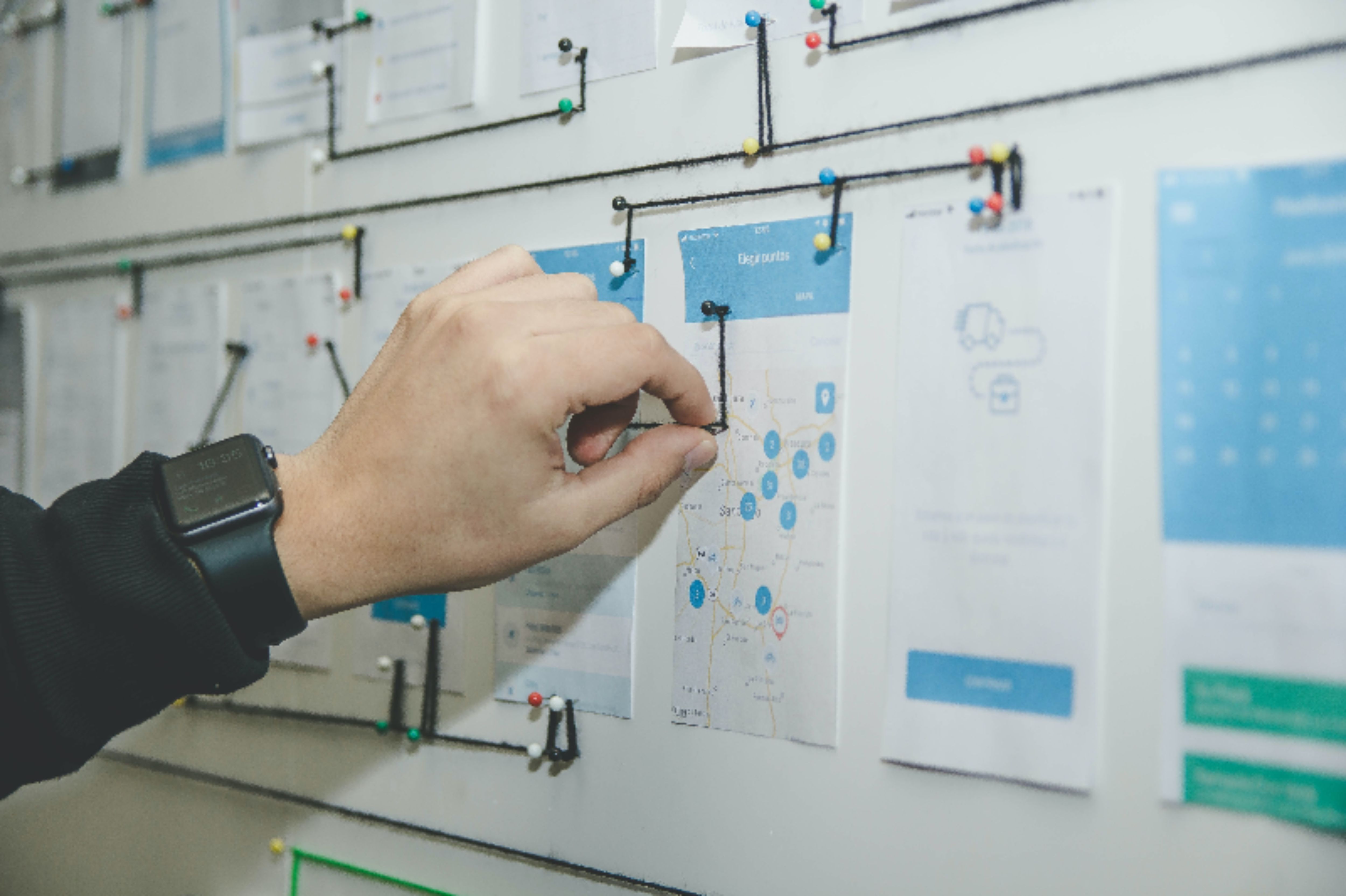After a long time of online meetings during the pandemic we can finally meet in person again. However, in this post-covid era many organizations are now experimenting with a shift from the traditional workplace to remote and hybrid models that provide opportunities to work in efficient ways from anywhere.
But whether the meeting takes place in person, in a hybrid or an online format we must make sure that the meetings are as productive and efficient as possible. No one likes to spend endless hours in a meeting due to the lack of structure, engaging materials and effective planning beforehand.
To avoid this, here are 6 practical tips to make your hybrid meetings more efficient:
1. Plan before the meeting and set clear objectives
In order to have efficient meetings, it is important to carefully plan the meeting beforehand including setting a clear scope and objective. To do this you need to make a plan on what exactly you want to accomplish with the meeting and communicate it towards the participants. Understanding the main objectives of the meeting will help all participants to contribute to the discussions on the issue at hand. With a clearly defined objective you can also keep the discussions focused and steer them in the right direction. Defining the purpose of the meeting early on will also help you involve the right participants.
Planning also includes agreeing on when the meeting takes place, at least with a week’s notice (if not more), so everyone can free their calendar for the meeting. Don’t forget to send a reminder a few days before the meeting to make sure that everyone attends!
2. Prepare an agenda with a clear time schedule
You should prepare a detailed agenda before the meeting, clearly setting the:
- discussion topics,
- the speakers,
- and a schedule on how much time will be spent on each item.
An agenda will help to make sure that every point is addressed without any repetition or unnecessary discussions on unrelated topics. During the meeting, the agenda will help you keep the planned schedule and end the meeting on time.
As no one likes to be put on the spot, you should make sure to circulate the agenda well in advance so the participants can come prepared for the meeting. You can also include discussion points in the agenda, so the participants are well-informed on what will be discussed. This way attendees can also provide feedback on the planned agenda items before the meeting.
You should also always indicate the active participants and speakers in the agenda and inform them of what is expected of them and how they should prepare for the meeting.
3. Check technology beforehand
Nothing is worse than spending the first 15 minutes of a meeting with technical difficulties. Remember to always set up your camera and microphone and check that all technical aspects such as, internet connection, camera, and audio are working a few minutes before the meeting starts. If you have the right facilities, it’s always good to use a conference room with a large screen for your hybrid meetings. This way all participants can see and hear each other well.
There are now several platforms available for hybrid meetings such as Zoom or Microsoft Teams with different functionalities. Make sure to choose the right platform that aligns with the objectives and scope of your meeting. One of the main advantages of hybrid meetings is the ability to record and rewatch the meeting, but don’t forget to always ask for permission from all attendees before hitting the record button.
4. Keep the discussions open, encouraging the participation of everyone with a facilitator
To make the meeting the most efficient you need to have a facilitator. Besides keeping the agenda and the time schedule, a good facilitator also makes sure that everyone in the meeting had a chance to speak and express their opinions. The facilitator can ensure that all open issues were addressed and arrive at a decision or conclusion by the end of the meeting.
Through good communication you must make sure that everyone clearly understands the topics that are discussed. Try to always keep a positive attitude during the meetings and encourage honest feedback from everyone attending. This way your attendees will stay motivated and more engaged in the discussions.
5. Use creative tools
Don’t be afraid to try new ways of working together through co-creation methods. To foster the discussions, you can start using creative co-creation tools such as Miro Boards, SessionLab, Typeform or other white board tools and shared documents.
Try to use more engaging materials such as videos and other visuals to make your presentation more engaging and help participants to gain a better understanding of the key concepts.
6. Prepare minutes and follow up messages
Don’t forget to follow up with an email confirming the key decisions made during the meeting, to ensure that the points discussed are put into action and assigned to the responsible people. Preparing detailed minutes after the meeting is a good way to record all important discussion points, questions and concerns as well as keep track of who participated in the meeting.





